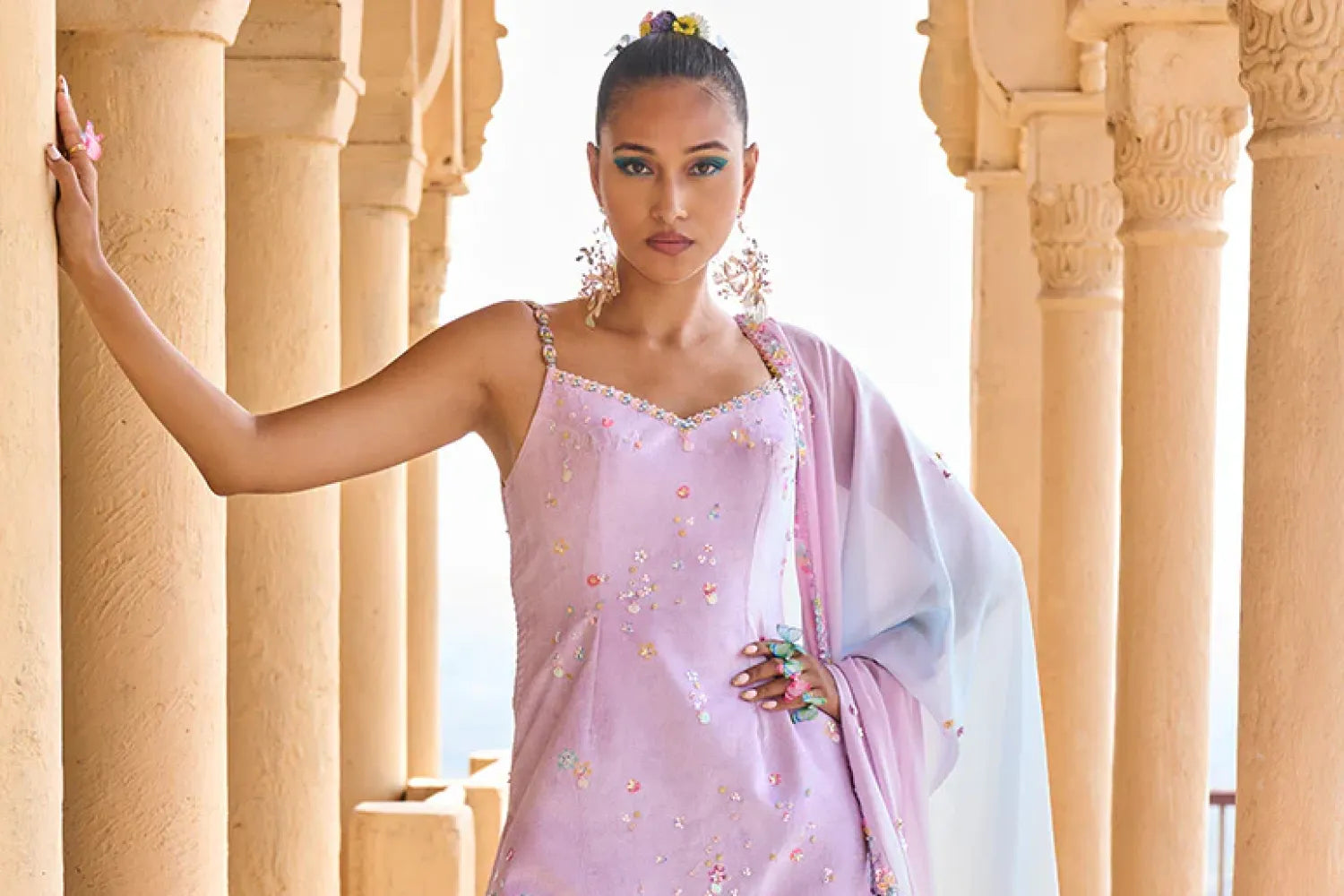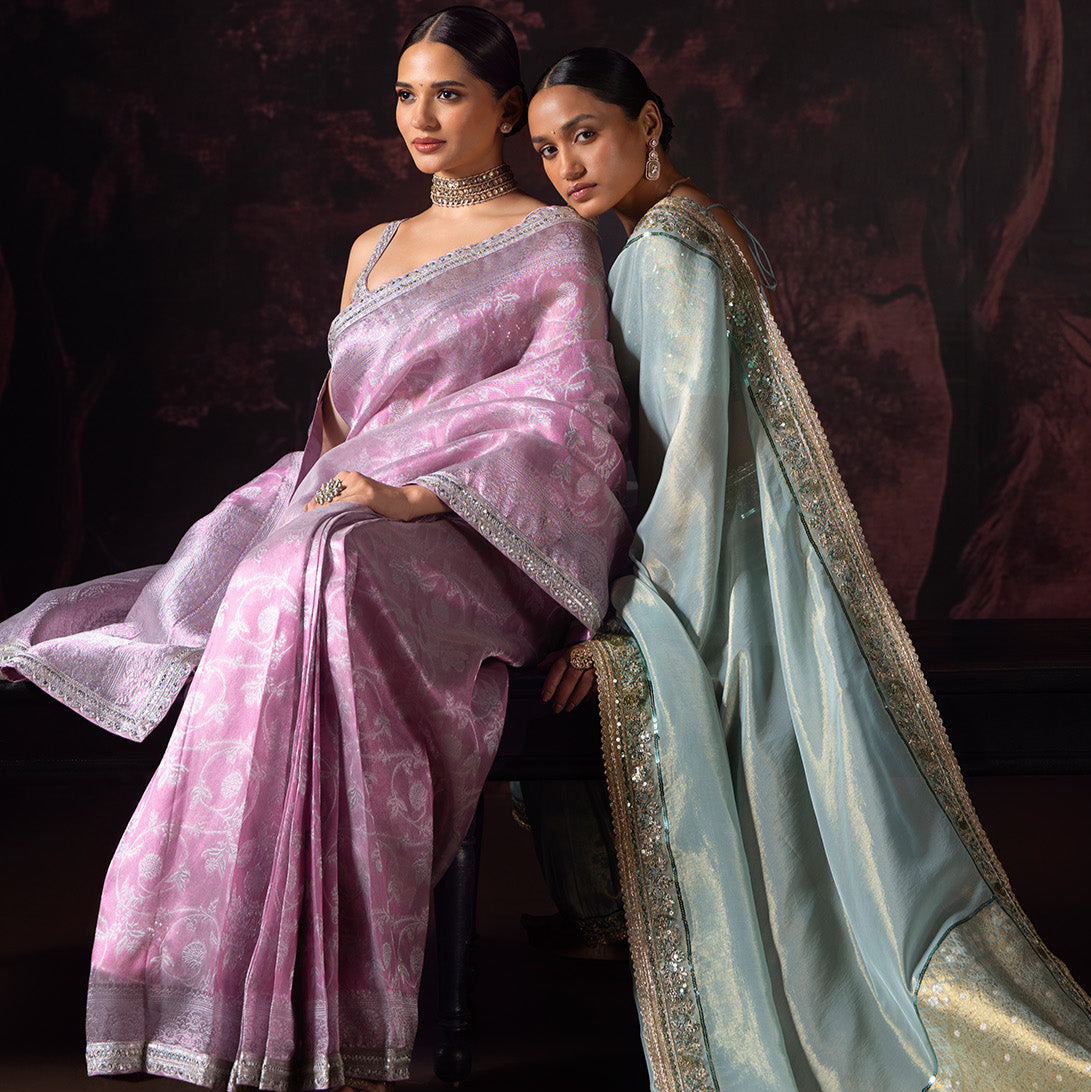
Kurta vs. Kurti: 6 Differences Between Kurta and Kurti
The kurta and kurti, staples of traditional Indian fashion, are often confused due to their similar names and styles. However, they have distinct characteristics that set them apart. Understanding these differences can help you choose the right garment for any occasion, whether you're aiming for casual elegance or formal sophistication.
Are Kameez and Kurta the Same?
No, kameez and kurta are not the same, although they are often confused due to their similar appearance. The kameez is typically part of the traditional salwar kameez ensemble, which includes the kameez (a long tunic), salwar trousers (loose-fitting pants), and a dupatta (a long scarf). This outfit is a staple in South Asian wardrobes, particularly in India, Pakistan, and Bangladesh, and is often worn by women. The kameez can vary in length, fitting, and embellishments, making it suitable for a range of occasions from daily wear to formal events.
In contrast, the kurta is a standalone tunic that can be paired with various bottoms such as jeans, trousers, churidars, or pajamas. Kurta sets are traditionally worn by men but have become a popular unisex garment. Kurtas are known for their simplicity and versatility, making them suitable for both casual and semi-formal wear. They are often made from comfortable fabrics like cotton and linen, but can also be found in more luxurious materials like silk for festive occasions.
What is a Kurta?
A kurta is a long, loose-fitting tunic that extends below the knees, though the length can vary. Traditionally worn by men in South Asia, the kurta has evolved to become a popular unisex garment. It is characterized by its straight cut and relaxed fit, which provides comfort and ease of movement.
The kurta is highly versatile and can be styled in numerous ways, depending on the occasion. They are available in a wide range of traditional Indian fabrics, including cotton for everyday wear and silk or brocade for festive and formal occasions. The kurta's design can also include various necklines, collars, and embellishments, such as embroidery, prints, and sequins, adding to its versatility and appeal.
What is a Kurti?
A kurti is a shorter version of the kurta, typically ending at the waist or hips, though it can sometimes extend to mid-thigh length. Kurtis are predominantly worn by women and have gained popularity for their modern and chic appearance.
They are known for their versatility and can be paired with a variety of bottoms, including leggings, palazzos, skirts, or jeans, allowing for numerous styling options. Kurtis are often chosen for their comfort and ease of wear, making them suitable for both casual and semi-formal occasions. They are available in a wide array of fabrics, from breathable cotton and lightweight chiffon to more structured materials like georgette and silk.
Kurta vs Kurti: 6 Differences
Origins and Cultural Roots
Kurtas have ancient roots, traditionally worn by men in various regions of South Asia. They have evolved over time and are now a common choice for both men and women. Kurtis, however, are a more modern adaptation of the kurta, designed specifically for women to offer a stylish yet comfortable option.
Men and Women
While kurtas are unisex and worn by both men and women, kurtis are designed exclusively for women. The kurti's popularity has soared due to its versatile nature, allowing women to incorporate it into both casual and formal wardrobes. The Soft Lavender Embellished Gharara Suit is a prime example of how kurtas can be paired with short kurtas to create a striking look for special occasions.
Length & Hemlines
The primary difference between a kurta and a kurti is the length. Kurtas are longer, typically reaching below the knees, while kurtis are shorter, ending at the waist or hips. This difference in length influences the overall style and formality of the garment. The Periwinkle Velvet Embroidered Jacket with Kurta Set exemplifies the traditional kurta length, offering a more formal and elegant look.
Fabrics and Embellishments
Kurtas are often made from a variety of fabrics, including cotton, silk, and linen, and are usually adorned with traditional embroidery and embellishments. Kurtis, on the other hand, can be found in a wide range of fabrics, from casual cotton to luxurious chiffon and georgette, like the Light Blue White Floral Printed Gharara Suit, which features contemporary prints and decorations suitable for modern tastes.
Silhouettes and Fitting
Kurtas generally have a straight-cut, loose-fitting silhouette, providing comfort and ease of movement. In contrast, kurtis are more form-fitting and tailored to accentuate the wearer's shape. This difference in fitting makes kurtis a preferred choice for a sleek and modern appearance. The Soft Yellow Multicolor Embroidered Patiala Suit offers a flattering fit, combining traditional elements with a contemporary silhouette.
Necklines and Collars
Kurtas often feature traditional necklines and collars, such as mandarin collars or simple round necks, maintaining their classic appeal. Kurtis, however, experiment with various necklines and collar styles, from boat necks to V-necks, adding a contemporary twist to traditional attire. The Light Yellow Embroidered Straight Suit showcases a modern neckline that enhances its stylish appeal.
Similarities Between Kurta and Kurti
Despite their differences, kurtas and kurtis share several similarities. Both garments are versatile, comfortable, and rooted in Indian tradition. They can be dressed up or down depending on the occasion, making them essential pieces in any wardrobe.
Additionally, both garments can be paired with a variety of bottoms such as leggings, palazzos, churidars, or jeans, allowing for diverse styling options. Culturally significant, they are often worn during festivals, weddings, and other traditional events, celebrated for their comfort and elegance.
Timeless Fashion for Every Occasion
Understanding the differences between kurtas and kurtis helps in choosing the right outfit for any occasion. Whether you prefer the traditional elegance of a kurta or the modern chic of a kurti, both garments offer unique styles that reflect the rich heritage of Indian fashion. Embrace their versatility and incorporate them into your wardrobe to enjoy the best of both worlds.














